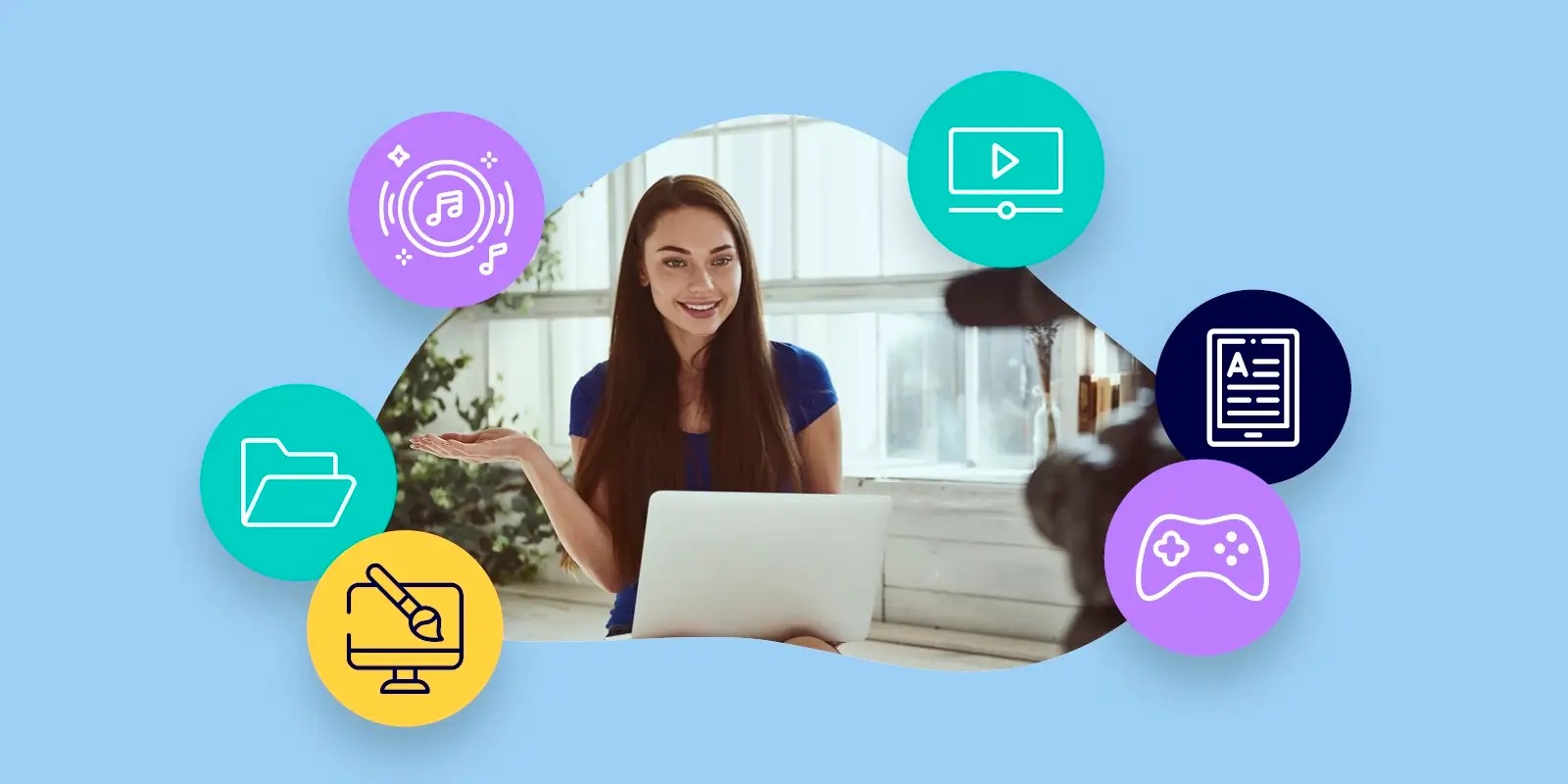The way we learn is evolving rapidly, and digital products are at the heart of this transformation. From eBooks to online courses, these products are reshaping education by making learning more accessible, flexible, and personalized. Here’s a closer look at why digital products are set to dominate the future of education.
1. Accessibility for All Learners
Digital products eliminate geographical and financial barriers to education. With just an internet connection, anyone can access:
- eBooks and Audiobooks: Affordable or even free resources on platforms like Kindle or Project Gutenberg.
- Online Courses: Websites like Coursera and Khan Academy provide quality education to millions.
This democratization of education ensures that learning opportunities are no longer confined to elite institutions.
2. Personalized Learning Experiences
Traditional classrooms often follow a one-size-fits-all approach, but digital products empower learners to customize their educational journey.
- Adaptive Learning Platforms: Tools like Duolingo and DreamBox adjust content based on the learner’s pace and progress.
- Diverse Formats: Students can choose from text, video, interactive exercises, or gamified modules based on their preferences.
This flexibility ensures better engagement and retention.
3. Lifelong Learning and Skill Development
In a world where industries evolve rapidly, continuous learning is essential. Digital products cater to lifelong learners by:
- Offering micro-courses focused on specific skills like coding, digital marketing, or graphic design.
- Providing certifications from globally recognized institutions, enhancing career prospects.
Platforms like LinkedIn Learning and Skillshare have revolutionized upskilling for professionals.
4. Cost-Effectiveness
Digital products are more affordable compared to traditional educational materials and methods.
- Lower Production Costs: No need for printing, storage, or distribution.
- Free or Freemium Models: Many resources are accessible at little to no cost, such as Open Educational Resources (OERs).
This affordability broadens access to quality education, particularly in underprivileged areas.
5. Scalability and Global Reach
Once created, digital products can be distributed to an unlimited number of learners worldwide.
- eBooks: A single eBook can be downloaded by millions.
- MOOCs (Massive Open Online Courses): Platforms like edX and Udemy enroll thousands of students in a single course.
This scalability enables institutions and educators to maximize their impact.
6. Interactive and Engaging Content
Digital products leverage multimedia elements to create immersive learning experiences:
- Gamification: Incorporating game-like elements (badges, leaderboards) motivates learners.
- Virtual Reality (VR) and Augmented Reality (AR): Students can explore ancient ruins or dissect a virtual frog without leaving their home.
Such innovations make learning enjoyable and effective.
7. Sustainable and Eco-Friendly
Traditional educational resources like textbooks and notebooks rely heavily on paper, contributing to deforestation. Digital products are a sustainable alternative:
- Reduce the carbon footprint associated with printing and shipping.
- Minimize waste through reusable, updatable content.
As eco-consciousness grows, digital products align with global sustainability goals.
8. Enhanced Collaboration and Communication
Digital products facilitate real-time collaboration among students and educators worldwide.
- Discussion Forums: Tools like Piazza and Slack enable peer-to-peer and teacher-student interaction.
- Interactive Assignments: Cloud-based platforms like Google Classroom allow students to work on projects together, regardless of location.
This connectivity enriches the learning experience.
9. Empowerment of Educators
Digital products enable educators to reach a broader audience and monetize their expertise.
- Course Creation Tools: Platforms like Teachable and Thinkific allow teachers to design and sell courses.
- Content Libraries: Educators can curate and share resources tailored to their students’ needs.
This shift transforms educators into entrepreneurs, creating new opportunities in the digital economy.
10. Preparing for the Future of Work
The skills required in tomorrow’s workforce are often not taught in traditional classrooms. Digital products bridge this gap by:
- Offering up-to-date content on emerging fields like AI, blockchain, and green technologies.
- Promoting self-paced learning, a crucial skill in adapting to ever-changing industries.
Conclusion
Digital products are not just enhancing education — they are redefining it. With their ability to provide personalized, cost-effective, and scalable learning experiences, they cater to the needs of both students and educators in a rapidly evolving world.
As technology continues to advance, digital products will play an even more significant role in shaping the future of education, ensuring that learning is accessible, engaging, and sustainable for everyone.


Comments (0)